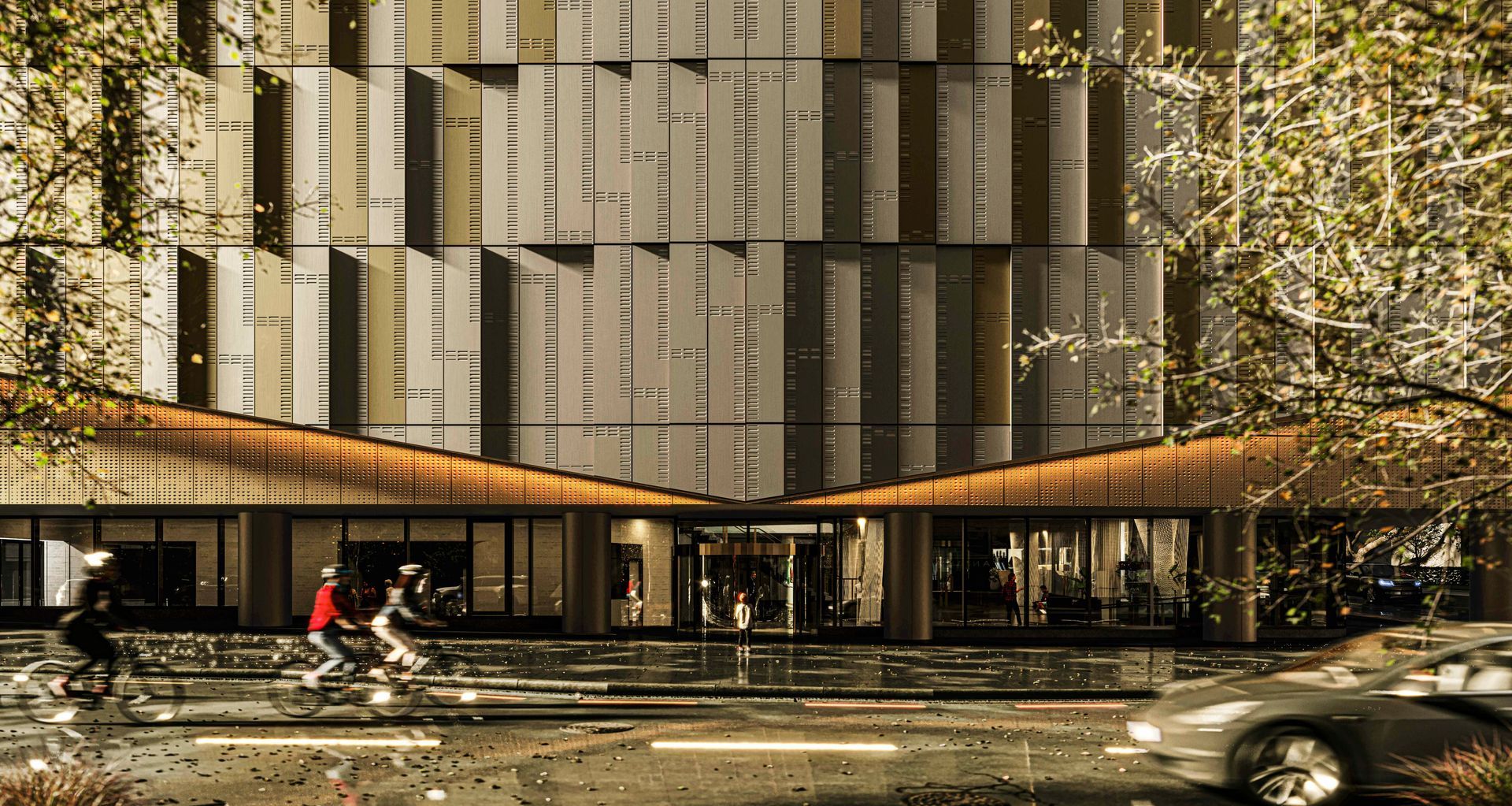How design, construction, and operations should collaborate to achieve efficient and sustainable outcomes
Written by
08 October 2023
•
4 min read

New Zealand’s overarching goal to reach net zero carbon by 2050 is an ambitious one, and many of our most prominent industries have a significant part to play in the quest to achieve it. This, of course, includes the construction sector – an industry so central to the initiative that in 2020, the Ministry of Business, Innovation and Employment (MBIE) established the Building for Climate Change programme.
The programme aims to reduce whole-of-life embodied carbon emissions, support adaptation, build climate resilience, and transform operational efficiency. This latter goal is of particular interest to WT, an international consultancy firm that provides quantity surveying, specialist advisory services, and project management in the construction industry.
Director Alex Hampshire believes that in order to pursue the industry-wide sustainable future we have envisioned for ourselves, collaboration – from a project’s inception to its entire operational cycle – is essential. Seamless collaborations between the design teams and the construction and operations teams will result in buildings that are not only functional and cost-effective but also easier to manage and maintain, with lower embodied and operational carbon.
To find out more about how WT works to bridge the gap between design/construction and operations, ArchiPro sat down with Hampshire to discuss how the company’s advisory team helps its clients deliver buildings that have a greater focus on whole-of-life efficiencies.
ArchiPro: Firstly could you tell me what specific issues need addressing, and why these are so prevalent in New Zealand?
Alex Hampshire: New Zealand finds itself at a critical juncture, facing a surge of capital investments in public buildings and infrastructure due to historical underinvestment. One of the primary reasons for this surge of capital is a lack of understanding of asset and facilities management principles.
Typically, projects have been designed and built with limited attention to specific operational needs – such as facilities management, asset management, and operational efficiency. This oversight stems from a disconnect between the client project team and the design team, who often focus primarily on upfront costs and immediate design requirements, rather than taking a comprehensive whole-of-life cost and operational view.
AP: What are the solutions, from your perspective?
AH: There are several key ones:
Implementing a requirement for a long-term OPEX and CAPEX plan during the design phase. This ensures that the design looks at the whole-of-life cost considerations and allows for necessary design changes to optimise long-term efficiency.
Involving technical operational expertise in the design phase of projects. By including professionals with operational knowledge and experience, the design can be tailored to meet specific operational needs, resulting in more functional buildings.
Utilising technology, such as building information modelling (BIM), to assist in the design & construction process. BIM can provide valuable insights into the operational aspects of a building, facilitating informed decision-making and enhancing overall project efficiency.
Establishing standards across the public sector to promote consistency and best practices. Having uniform guidelines and requirements ensures that all projects consider asset and facilities management principles, leading to better outcomes and improved sustainability for New Zealand.
By implementing these measures, we can move towards a future where projects in New Zealand are designed with a holistic perspective, considering long-term costs, operational requirements, and sustainable practices.
AP: What role does WT play in bridging the gap between design/construction and operations?
AH: WT has a dedicated advisory team that addresses the aforementioned issues, and it focuses on fostering better whole-of-life outcomes for public sector infrastructure. The services that this team provides include:
Facilities management in design
Our advisors sit with the design team from the concept design phase right through until practical completion. This also encompasses the defects liability period – ensuring facilities management principles are being considered in the design.
Design phase OPEX & CAPEX planning to help inform design choices
Through each design phase, WT can provide detailed benchmarked cost information for both OPEX and CAPEX, which helps the design team with materiality choices to maximise whole-of-life cost and asset lifecycles.
Embodied carbon management
A thorough examination of the amount of embodied carbon of individual elements helps design teams choose materials that are more sustainable. To this end, WT provides an embodied carbon modelling service, which helps forecast costs against designs – allowing the client team to make informed decisions about the reduction of embodied carbon over cost.
Handover management from construction to operations
We deliver value to our clients through accurate and concise project information which acts as a single source of truth for ongoing asset operations leading to a much more functional handover.
Learn more about WT and its services.